Bed Bug Bites
The dermatologists at Brentwood Dermatology specialize in diagnosing and helping patients who are suffering from these reactions and rashes cause by bed bugs. Explore additional details below and schedule an appointment to confirm your diagnosis.
Examples of Bed Bug Bites
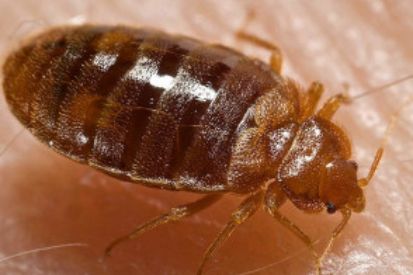
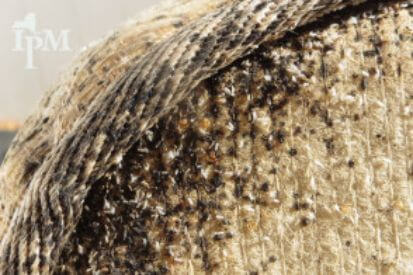
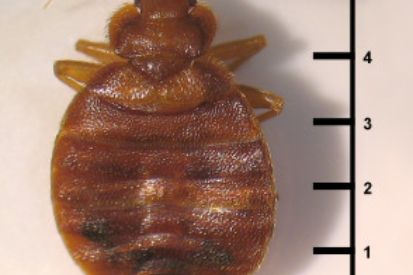
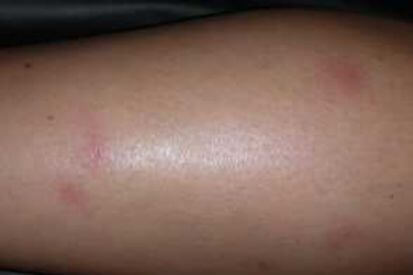
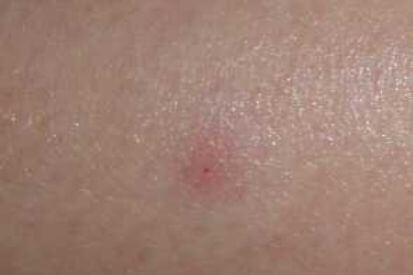
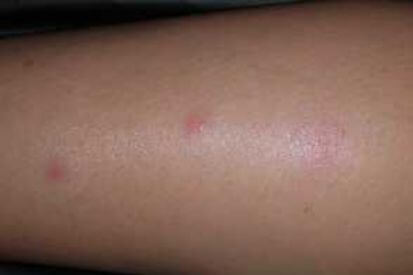
Bed Bug Bite Symptoms
Skin reactions from bed bug mites may vary from person to person, but there are common symptoms to watch for. Early recognition can help you seek timely care and prevent further irritation. At Pinnacle Dermatology, we specialize in identifying and treating these skin conditions with expert care. Common bed bug bite symptoms may include:
- Bites that often provoke allergic reactions and rashes
- Welts usually less than ¼” in size, appearing flat or slightly elevated
- Redness, swelling, and intense itching
- A skin reaction that is initially painless but intensifies over time
What Causes Bed Bug Bites?
Bed bug bites are the result of an infestation by small, nocturnal insects that feed on human blood. These bites may lead to uncomfortable symptoms, including a bed bug rash. Bed bug mites, while often confused with other pests, thrive in hidden areas around sleeping spaces. Understanding the root causes can help prevent future outbreaks and protect your skin.
These bites are caused by the feeding behavior of Cimex lectularius. These pests prefer warm environments like mattresses, bedding, and upholstered furniture. During the day, they hide in cracks, crevices, and seams, emerging at night to feed on sleeping individuals. It's important to note that infestations are not related to personal hygiene. Instead, bed bugs are attracted to body heat and carbon dioxide.
Preventing Bed Bug Rash
Preventing bed bug rash involves being proactive, especially in environments where these pests are known to thrive. Whether you're traveling, moving, or simply maintaining your home, a few smart habits can go a long way in keeping bed bug mites at bay. Effective ways to prevent bed bug rash include:
- Inspecting hotel mattresses, headboards, and furniture seams when traveling
- Keeping luggage off the bed and floor—use luggage racks when available
- Washing and drying bedding and clothing on high heat after returning from a trip
- Not bringing used furniture or mattresses into your home without a thorough inspection
- Using protective mattress and box spring encasements to eliminate hiding places
- Regularly vacuuming and decluttering sleeping areas to catch early signs of infestation
Bed Bug Bites FAQs
Bed bug bites often appear as small, red welts or bumps that are typically itchy. They may be clustered together in a specific area and might have a red halo around the center. Bed bug bites can resemble other insect bites or skin conditions, so it's essential for a dermatologist to assess the bites for a proper diagnosis.
While itching is a common symptom of bed bug bites, not everyone may experience itching. Individuals have different levels of sensitivity to insect bites, and some may not react as strongly as others. Additionally, the severity of the reaction can vary from person to person. Some people may have a more significant itch or rash, while others may have a milder reaction or none at all.
The duration of bed bug bites can vary among individuals. In general, the itching and redness associated with bed bug bites may last for a few days to a couple of weeks. Healing time can depend on factors such as an individual's sensitivity to bites, the extent of the bites, and whether there is excessive scratching. If symptoms persist or worsen, it's advisable to consult with your dermatologist for further evaluation.
In most cases, bed bug bites do not cause scarring. However, if an individual scratches the bites excessively, it can lead to breaks in the skin and increase the risk of scarring. To minimize the risk of scarring, it's important to avoid scratching and to follow proper wound care practices. If there are concerns about scarring, a dermatologist can provide guidance on scar prevention and treatment.
Seek dermatological care for bed bug bites if you experience severe allergic reactions, signs of infection, persistent discomfort, or if you're unsure about the cause of the skin irritation. Otherwise, basic care for the bites can usually be managed at home. Additionally, it's crucial to address the underlying bed bug infestation by contacting a pest control professional.
Treatment Options for Bed Bug Bites
At Pinnacle Dermatology, we offer effective solutions to manage the discomfort and inflammation caused by bed bug mites. Common bed bug rash treatments include topical creams or lotions, often with hydrocortisone, which help reduce itching and redness associated with bed bug rash. These anti-inflammatory options provide relief while supporting the skin’s natural healing process.
It's also important to avoid scratching the affected area, as this may worsen symptoms and lead to potential infection. In cases where bites become infected, indicated by swelling, warmth, or pus, oral or topical antibiotics may be prescribed. Our dermatology experts can evaluate the severity of your reaction and provide a personalized treatment plan to ensure fast, effective recovery.
Featured Products
Check your local office for current stock!
Check your local office for current stock!
